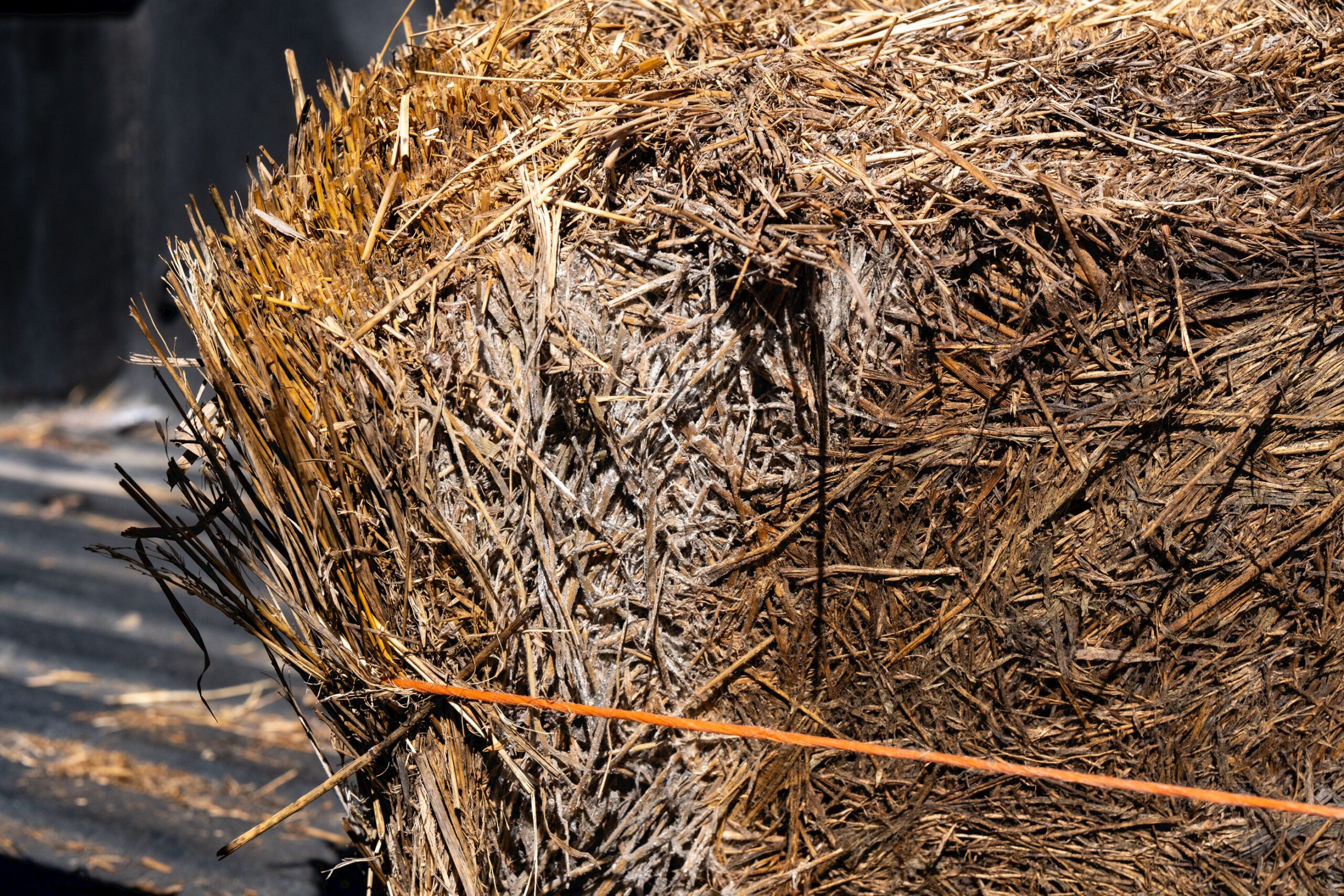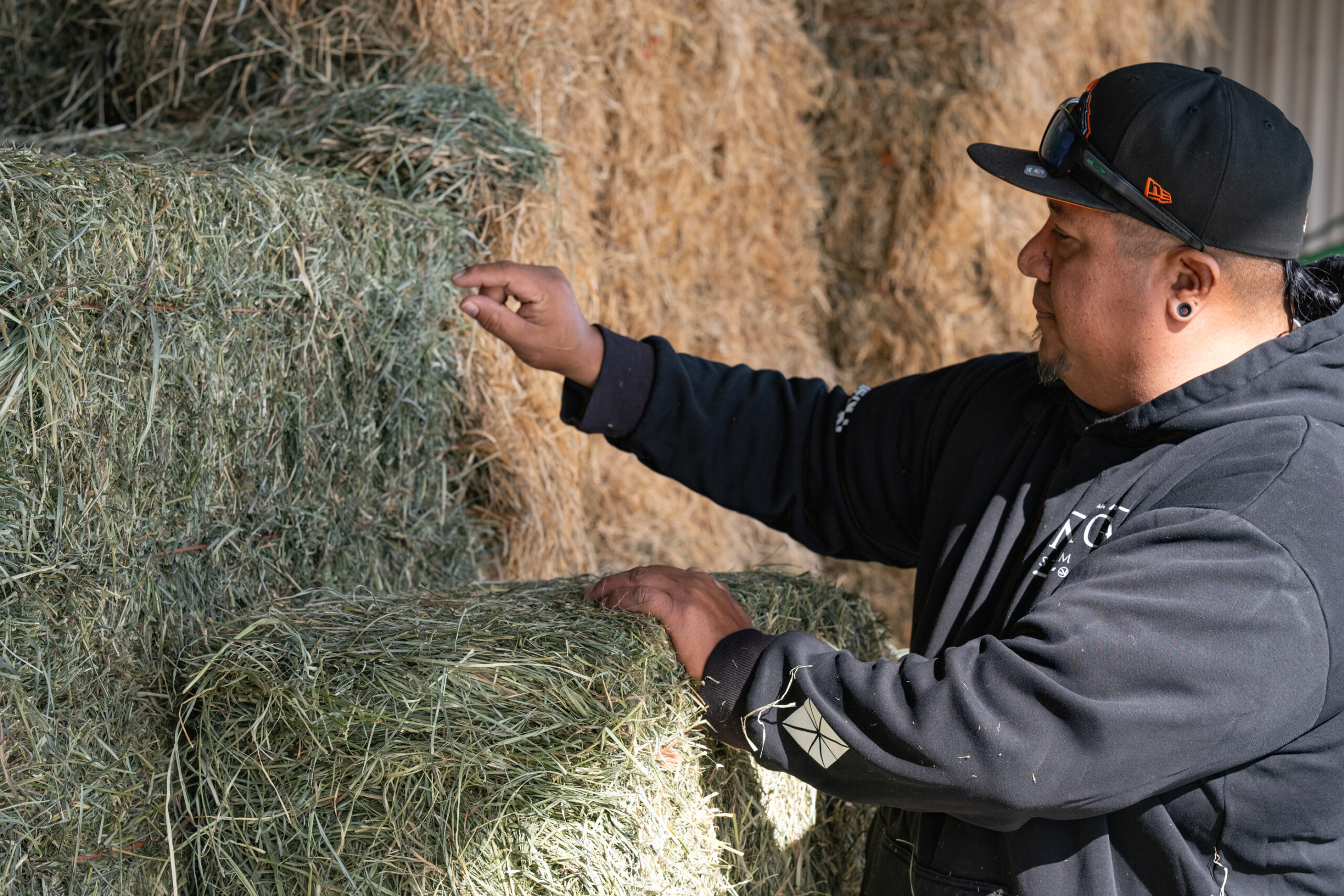Let’s keep it real, not every bale is perfect
Abnormality is a great way to keep things Interesting?
Creating a homogenous product is a tough thing to do. The entire concept of “quality control” within manufacturing, wholesale, and retail was created simply because abnormalities exist. Still, when a product is sold, the idea is that each product within that season and batch should be consistent in terms of expected value. We go to our favorite restaurants because we already have an established notion based upon previous visits, service level, and satisfaction. We predict that future visits will provide the exact same experience and taste.
I guess the same could be said for grass hay bales (I know, that sure was an aggressive transition). Customers and clients will sample products from multiple farms. They shop around for good quality, reasonable price, proximity to their homes, and…consistency. Impressive service and products are usually rewarded with repeat business. This same consistency over time creates loyal customers. Still, what happens when abnormalities can, and do, happen?
It takes a village…
Naturally when a unit of production comes out quirky, there should be some feedback to the producer. This is where some customers can be different. Customers who are sampling and shopping for hay, may come across a contaminated or “less desirable” bale. Some of these customers will simply make a mental note to not go back to this farmer. There are plenty of growers in the area that can provide feed for livestock, and most will provide very acceptable bales consistently. Still, it would be nice if the farmer was made aware that a bad bale was detected. Here is a great opportunity to observe the reaction of the producer. It has been said that some farmers have made statements that implied that “all sales are final.” Ouch!!
Marketing essentials emphasize that the key to successful business practice is not in a sale, it is capturing repeat business over the long term. It is three times harder to get a customer than it is to keep one. The relationship is far more precious than the transaction. Word-of-mouth is the most powerful form of advertisement. For this very reason, any person who is selling a product or service should be laser focused on customer satisfaction for various reasons, but if for nothing else, for your own brand reputation. The community should be supportive by giving a farmer or producer the opportunity to make right on the products that they sell.
Glass houses and stones
New Holland Stack-liner wagons really are things of beauty. The whole idea is to have an entire mechanized process of collecting bales from the field and stacking them in the barn or in a designated area with minimal physical labor. For my purposes, I tend to hand stack most of my bales into the barn. This is labor intensive, but one of the few perks is that when lifting and handling bales, one can get a “feel” for wet, heavy, soiled, or damaged bales. Catching an anomaly before it is added to the stack helps in the quality control process.
Recently, I wasn’t able to catch the one that got away. A customer called me to notify me that she had detected a bale with mold in it. The unit had been baled with a high moisture content that began a molding process. This was only discovered after the bale had been sold and was being fed to cattle. Though she said it wouldn’t hurt the cows, she wanted to make me aware because she knows that I also have quite a few horse customers too. Horses are less tolerant to mold, mildew, and particular types of forage.
I was very thankful for her communication and began to sample the stacks to identify other bales that might have been similarly affected. Doing this requires a moisture probe, checking the weight of bales, and observing temperature elevation. More important is the relationship that is created between me and my clients. They look out for me, and I do my best to deliver a good product for them and their livestock. We all make mistakes. We all have some eggs to break.




